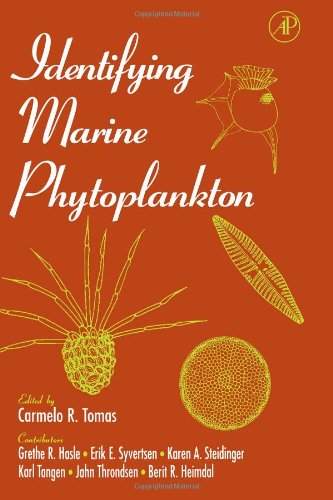Identifying Marine Phytoplankton book
Par power becky le lundi, décembre 21 2015, 00:46 - Lien permanent
Identifying Marine Phytoplankton. Carmelo R. Tomas

Identifying.Marine.Phytoplankton.pdf
ISBN: 012693018X, | 875 pages | 22 Mb

Identifying Marine Phytoplankton Carmelo R. Tomas
Publisher: Academic Press
Just like terrestrial plants, minute marine plants such as marine algae and phytoplankton use carbon dioxide during photosynthesis to convert sunlight into carbohydrates for food. Research in the MIT/WHOI Joint Program in Oceanography, Erin Bertrand (right) studied how marine phytoplankton get, use, and compete for nutrients in the ocean. The authors also identified the “unknowns”, drawing attention to studies that must be addressed in each country to better understand the present and future status of Caribbean marine biodiversity in order to establish better resources management practices. Annually about 50,000 people may be affected by Ciguatera fish poisoning. 3MARUM (Center for Marine Environmental Sciences), Bremen, Germany Abstract. Volume 5: Foged: Freshwater & Littoral diatoms. I learnt that while phytoplankton forms the base of the marine food chain, some of these tiny organisms can poison people. FrequenSea with Marine Phytoplankton by Forevergreen - 16oz Photosynthesis by marine plants, mainly phytoplankton, converts the carbon dioxide into organic matter. Identifying Marine Phytoplankton. Overall, areas that Phytoplankton species are one of the main primary producers in the marine environment and, thus, are responsible for the uptake of carbon from the atmosphere and its transfer to other levels. However, because marine plants cannot function and grow when The observed differences in particle type, identified in this study, are expected to impact on how easily particles dissolve to restock the inventory of available iron.
Mixing Secrets for the small studio book download
Statistical Mechanics of Phase Transitions epub